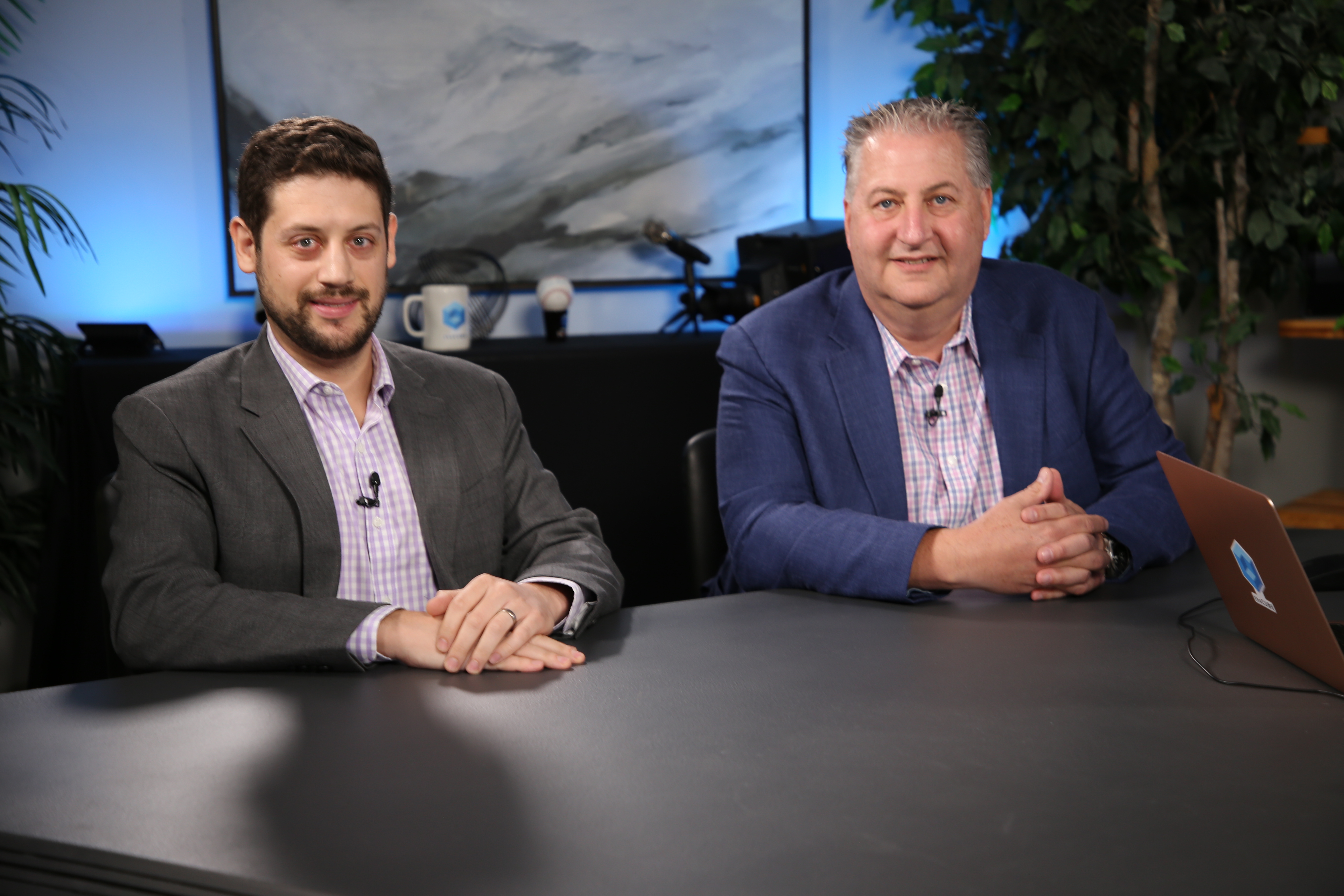 SECURITY
SECURITY
 SECURITY
SECURITY
 SECURITY
SECURITY
Each new technological advance spurs new cyberattacks and requires security teams to evolve their current encryption capabilities.
At Dell Technologies Inc., cybersecurity experts have developed a framework that follows three simple steps: reduce the attack service, detect and respond and recover from the attack. This three-pronged methodology is aimed at making Dell’s users feel secure against attacks in the years to come.

Dell’s Steve Kenniston talks with theCUBE Research’s Dave Vellante about securing customers against quantum attacks.
“Customers absolutely love the framework,” said Adam Miller (pictured, left), product marketing team lead at Dell. “And I think why is because we started putting things in the terms that they need. So, they’re interested in reducing their attack surface and trying to stop as much as they can before it gets in. They’re interested in doing better detections and being able to see what comes in and then responding when it does. If they have to recover, of course, they need a plan in place. So, when they hear us come to them with this type of message, it’s very credible. It’s exactly the things that they’re looking for.”
Miller and Steve Kenniston (pictured, right), senior cybersecurity lead, portfolio marketing, at Dell, spoke with theCUBE Research’s Dave Vellante as part of the “Partnerships for Smarter Security” 2024 event, during an exclusive broadcast on theCUBE, SiliconANGLE Media’s livestreaming studio. They discussed Dell’s cybersecurity strategy and how the company is preparing its encryption capabilities for new technologies such as quantum computing. (* Disclosure below.)
Even though Dell presents its cybersecurity framework in three parts, Kenniston emphasizes that it is a single solution. As the company forges new partnerships, all of those new services are incorporated into Dell’s security infrastructure.
“What I try to educate our customers on is: Don’t look at those as trying to buy products from a single thing to solve a particular leg of this tool,” he said. “I’m looking at a single solution that can solve all those challenges … when you purchase a single solution for something you’re trying to accomplish, maybe a new workload, or do something like that, you can get those capabilities without adding multiple layers of different security solutions on top of that.”
An example of how Dell smoothes out the new seams formed by incorporating different vendors and partners is that users only need one password for all of the company’s services. Part of Dell’s cybersecurity strategy is making sure its network is on the same page, Miller emphasizes.
“When we’re onboarding software partners like we’ve been talking about here, what that means is that we go deeply into the engagements with our partners,” he said. “This is not simply reselling a software that our customers already have on a different [Statement of Work], but this is working very closely with them at the technology level, at the engineering level to start building the things that we need.”
When innovative technologies such as artificial intelligence and quantum computing come on the scene, they create seams or gaps that can be exploited by bad actors. Post-quantum cryptography has become an area of interest for Dell, Kenniston suggests.
“There’s a lot of things that are going on in this particular space, and that’s what brought up my interest in this and our curiosity in this,” he said. “And trying to, again, stay ahead of the customer so we can ensure they’re safe and secure as well. And for the most part, so far what I’ve understood is the encryption capabilities are going to be broken more easily by quantum solutions than [what] we have today.”
Viable quantum architecture could exist by the end of the decade, Vellante predicts, and AI will obviously continue to advance. Dell is designing its cybersecurity infrastructure and encryption capabilities to solve problems related to new technology before they arise.
“We’ve kind of transformed our message to the attack surface reduction, the ability to detect and respond to threats that we know are going to come through,” Kenniston said. “If we can continue to model that model around our capabilities, our solutions, and ensure that our customers are fulfilling each one of their needs in each one of those buckets, hopefully by consolidating solutions and making sure our solutions do all those things, and again, staying ahead of the customer.”
Here’s the complete video interview, part of SiliconANGLE’s and theCUBE Research’s coverage of the Dell “Partnerships for Smarter Security” event:
(* Disclosure: Dell Technologies Inc. sponsored this segment of theCUBE. Neither Dell nor other sponsors have editorial control over content on theCUBE or SiliconANGLE.)
Support our mission to keep content open and free by engaging with theCUBE community. Join theCUBE’s Alumni Trust Network, where technology leaders connect, share intelligence and create opportunities.
Founded by tech visionaries John Furrier and Dave Vellante, SiliconANGLE Media has built a dynamic ecosystem of industry-leading digital media brands that reach 15+ million elite tech professionals. Our new proprietary theCUBE AI Video Cloud is breaking ground in audience interaction, leveraging theCUBEai.com neural network to help technology companies make data-driven decisions and stay at the forefront of industry conversations.